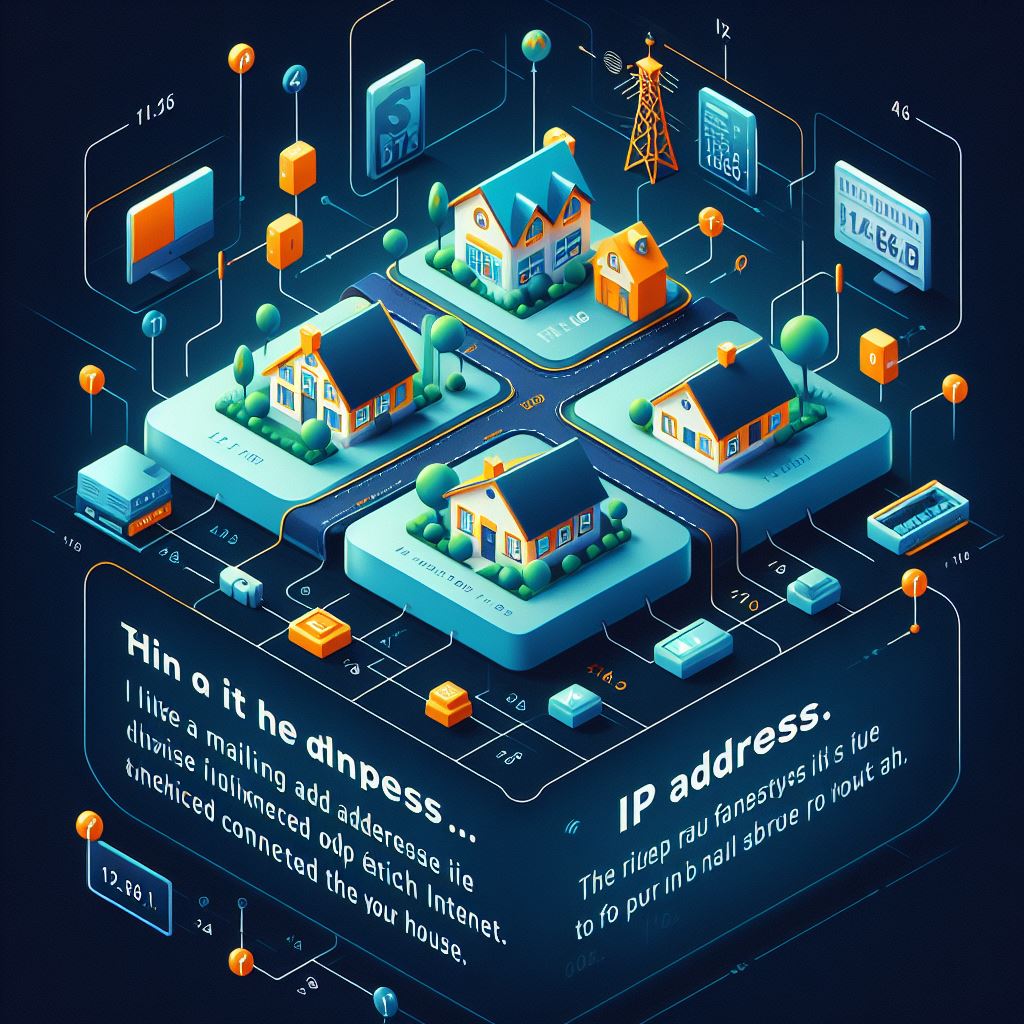IP Addressing:

Think of IP addresses like mailing addresses for devices connected to the internet. They help data find its way to the right place, just like how a postal address helps mail reach your house.
An IP address is a unique set of numbers assigned to each device on a network. It consists of four parts, separated by periods, like this: 192.168.1.1.
IP Address Classes:
IP addresses are divided into different classes, namely A, B, C, D, and E. Each class has a different range of possible addresses.
- Class A: These addresses start with a number between 1 and 126 in the first octet. Class A addresses are used for very large networks and can support up to 16 million hosts. For example, 10.0.0.0 is a Class A address.
- Class B: Addresses in this class start with a number between 128 and 191 in the first octet. Class B addresses are used for medium-sized networks and can support up to 65,000 hosts. An example is 172.16.0.0.
- Class C: Class C addresses begin with a number between 192 and 223 in the first octet. They’re used for smaller networks and can support up to 254 hosts. An example is 192.168.0.0.
- Class D: These addresses are used for multicasting, which means sending data to multiple devices simultaneously. They range from 224 to 239 in the first octet. Example: 224.0.0.1.
- Class E: Reserved for experimental purposes and doesn’t see much use. These addresses range from 240 to 255 in the first octet.
Example:

Let’s say you have a home network with a few devices, like computers, phones, and smart TVs. You might use a Class C address like 192.168.1.0 for your network. Each device connected to your network would then have its own unique IP address within that range, like 192.168.1.1, 192.168.1.2, and so on.
So, IP addressing is like giving each device its own digital “home” on the internet, making sure data gets where it needs to go!

